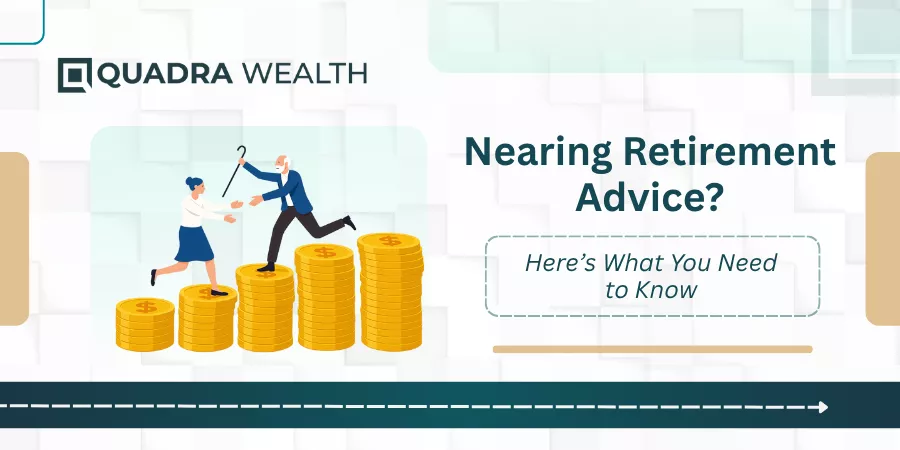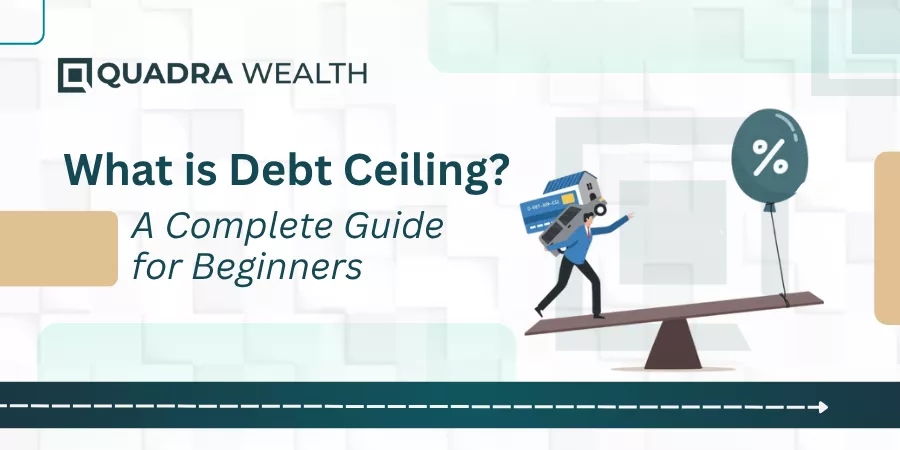Equity-linked notes are investment vehicles. They feature a combination of bonds and equities. Their unique appeal lies in their payoff. Equity-Linked Note Payoff is tied to the performance of an underlying stock or equity index. The payoff structure makes ELNs attractive but complex. Here is all you need to know about Equity-Linked Note payoff. Know about its working and proven ways to maximize it.
But before digging deeper into the concept let us know what is Equity-Linked Note Payoff
It is the amount an investor receives upon the expiry of the note. Unlike traditional bonds, where you know your return upfront, the payoff of an ELN depends on the performance of an underlying equity or equities. If the linked equity performs well, the payoff can exceed traditional fixed-income returns. But if it underperforms, the payoff can be lower or even negative if there’s no principal protection.
Key Components that Impact the Payoff
1. Rate of Participation: It refers to the equity’s performance percentage that impacts the payoff. Higher participation rates can increase your payoff, but they often mean less principal protection.
2. Caps and Floors: A cap sets a maximum limit on the return you can earn. Even if the equity performs exceptionally well, your return won’t exceed the cap. A floor, on the other hand, ensures a minimum return. These limits create a range for your potential payoff, offering predictability but also restricting upside potential.
3. Principal Protection: This feature is particularly appealing to risk-averse investors. It ensures that you will receive back a part of your entire initial investment, regardless of the equity’s performance. Full principal protection ensures you get back your original investment. Partial protection guarantees only a portion. Principal protection provides security but often limits the potential return.
4. Underlying Asset Performance: The performance of the equity or index linked to the ELN is the primary driver of the payoff. If the asset appreciates, you could see a substantial return. If it underperforms your payoff might be minimal.
5. Maturity Date: The date of expiry is when the note ends. The payoff is determined on this date. The maturity time affects the level of your exposure to market volatility. Longer maturities give the underlying equity more time to grow. However, they also increase the risk of adverse equity market movements.
6. Fees and Costs: Fees reduce the overall payoff. These include management fees, structuring fees, and other costs deducted by the provider. Additionally, the price of the underlying asset and the structure of the debt instrument play a crucial role in determining your return. Lower fees and favorable movements in the underlying asset’s price can increase your net return, so it’s crucial to consider both when evaluating an ELN.
7. Coupon Payments: These are periodic interest payments you receive from the debt instrument linked to the ELN. They add to the overall payout, especially if the underlying asset performs well. Higher coupons can enhance your payoff but may come with lower participation rates or reduced principal protection.
Types of Equity-Linked Note Payoffs
As a structured product, ELNs can have different types of payoffs including the following –
1. Fixed Payoff ELNs: Equity-Linked Notes provide a way to predetermined returns if specific conditions are met. For example, you might receive a fixed return if the underlying equity reaches a certain price by maturity. Fixed payoffs offer stability but can limit potential gains in a strong market.
2. Variable Payoff ELNs: The payout for equity-linked notes is usually linked to the performance of the number of shares linked to the note. If the value of these shares rises significantly, the payout increases accordingly. However, if the value drops, the payout might be minimal.
3. Contingent Payoff ELNs: The payoff depends on certain conditions being met during the note’s term. For example, you might receive a higher return if the equity hits a specific price. Contingent payoffs add an element of uncertainty but can reward favorable outcomes.
4. Digital Payoff ELNs: These offer an all-or-nothing payoff. You receive a fixed amount if the equity meets a specific condition, like ending above a certain price. If the condition isn’t met, the payoff might be significantly lower or even zero. Digital payoffs are straightforward but can be risky.
Steps for Equity-Linked Note Payoff Calculation
1. Start with the Initial Investment: The initial amount you invest is the starting point. This is your principal, which may or may not be protected.
2. Evaluate the Underlying Asset’s Performance: Check how the equity performs from the start of the note until it matures. This directly affects your payoff.
3. Apply the Participation Rate: Multiply the equity’s performance by your participation rate.
4. Consider Caps and Floors: Adjust the return for any caps or floors. If your return exceeds the cap, it’s limited to the cap’s value. If it’s below the floor, the floor value becomes your minimum return.
5. Deduct Fees: Subtract any fees from the gross return to arrive at the net payoff. These fees can significantly impact your final return.
6. Finalise the Payoff: Add the adjusted return to your principal, if protected. This total amount represents your final payout. Ensure you account for any fees or costs deducted to get the net return from your investment.
Strategies to Maximize Equity-Linked Note Payoff
1. Optimise Participation Rate: A higher participation rate can boost returns, especially in a rising market. However, it may come with trade-offs like less principal protection or capped returns.
2. Diversify Underlying Assets: Linking your ELN to multiple stocks instead of just one spreads out risk. This increases the chances of a positive outcome by not relying on the performance of a single asset.
3. Consider Caps and Floors: Caps limit the potential gains and floors offer protection against losses. Adjust these features to match your level of risk and market expectations for a better payoff.
4. Match Maturity to Market Conditions: Timing matters. Choosing an ELN when markets are expected to rise can result in higher returns. Look at market trends and economic signals before picking the maturity date.
5. Check the Creditworthiness of the Issuer: The financial health of the issuer is important. You could lose your investment if they default. Opt for issuers with strong credit ratings to lower risk.
6. Monitor Market Trends: Stay informed about economic conditions and market movements. This knowledge can help you make informed decisions about when to enter or exit an ELN, potentially increasing your payoff.
Risks Associated with Equity Linked Note Payoff
1. Market Risk: Your payoff depends on the stock market and it is unpredictable. Your return could be low or even negative if the underlying asset performs poorly.
2. Credit Risk: You might not receive your payoff if the issuer defaults. This is a bigger risk in uncertain economic times.
3. Liquidity Risk: ELNs are not as easy to sell as other investments. You might face a loss or struggle to find a buyer if you consider selling it before maturity.
4. Complexity: ELNs have many factors that influence the return, making them harder to understand. It’s essential to fully know the terms before investing.
5. Cap Risk: Investors may find caps frustrating as they limit potential gains even in a strong market, which may not align with their desire for higher or more predictable payouts.
6. Tax Implications: ELNs often have complicated tax rules, which vary by location. You may talk to an expert to know how your investment will be taxed.
Conclusion
Equity Linked Note payoff determines the real investment value. It depends on factors like the participation rate, principal protection, and the performance of the underlying asset. Understanding these components helps you gauge the potential returns and risks involved. While ELNs offer a chance for higher returns, their payoffs can be complex. They are influenced by market conditions. Assess these factors thoroughly to ensure your investment aligns with your financial goals. Focus on the payoff structure to better manage risks and optimize your investment strategy.






